Windows Managing System
Posted: March 12, 2012
Threat Metric
The following fields listed on the Threat Meter containing a specific value, are explained in detail below:
Threat Level: The threat level scale goes from 1 to 10 where 10 is the highest level of severity and 1 is the lowest level of severity. Each specific level is relative to the threat's consistent assessed behaviors collected from SpyHunter's risk assessment model.
Detection Count: The collective number of confirmed and suspected cases of a particular malware threat. The detection count is calculated from infected PCs retrieved from diagnostic and scan log reports generated by SpyHunter.
Volume Count: Similar to the detection count, the Volume Count is specifically based on the number of confirmed and suspected threats infecting systems on a daily basis. High volume counts usually represent a popular threat but may or may not have infected a large number of systems. High detection count threats could lay dormant and have a low volume count. Criteria for Volume Count is relative to a daily detection count.
Trend Path: The Trend Path, utilizing an up arrow, down arrow or equal symbol, represents the level of recent movement of a particular threat. Up arrows represent an increase, down arrows represent a decline and the equal symbol represent no change to a threat's recent movement.
% Impact (Last 7 Days): This demonstrates a 7-day period change in the frequency of a malware threat infecting PCs. The percentage impact correlates directly to the current Trend Path to determine a rise or decline in the percentage.
| Threat Level: | 5/10 |
|---|---|
| Infected PCs: | 55 |
| First Seen: | March 12, 2012 |
|---|---|
| OS(es) Affected: | Windows |
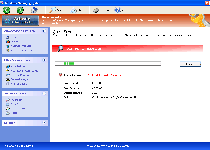 The criminals behind the FakeVimes family still appear to be busy stamping out FakeVimes clones, as evidenced in the new-found Windows Managing System. Windows Managing System has all of the fraudulent features that you've come to expect from its predecessors – such as inaccurate pop-up warnings, scan results that are running over with fake threat detections, browser redirect attacks and attacks against your genuine security applications. Despite its pretensions at being a useful anti-virus program, Windows Managing System isn't any better at detecting viruses than its ancestors, and SpywareRemove.com malware researchers heartily endorse removing Windows Managing System with a legitimate alternative in anti-malware software.
The criminals behind the FakeVimes family still appear to be busy stamping out FakeVimes clones, as evidenced in the new-found Windows Managing System. Windows Managing System has all of the fraudulent features that you've come to expect from its predecessors – such as inaccurate pop-up warnings, scan results that are running over with fake threat detections, browser redirect attacks and attacks against your genuine security applications. Despite its pretensions at being a useful anti-virus program, Windows Managing System isn't any better at detecting viruses than its ancestors, and SpywareRemove.com malware researchers heartily endorse removing Windows Managing System with a legitimate alternative in anti-malware software.
Just How Poorly Does Windows Managing System Manage Your Computer's Safety?
Windows Managing System pretends to offer a multitude of advanced security functions that even well-known security companies haven't been able to provide, but, as far SpywareRemove.com malware experts are concerned, this offering to your altar might as well be made of straw for all the real benefits that Windows Managing System includes. Error messages from Windows Managing System will always contain inaccurate warnings, Windows Managing System's scan results are likewise useless, and other advanced features don't have any purpose except to block you from using legitimate programs to detect and remove Windows Managing System.
Grabbing Your Wallet Back from Windows Managing System's Anti-Competitive Grasp
Windows Managing System will also make efforts to shut down any competition on your PC, all to force you to spend money on the 'full' version of Windows Managing System to remove either Windows Managing System or symptoms that Windows Managing System is causing behind the scenes. However, SpywareRemove.com malware analysts recommend that you hold onto your money and use Safe Mode to avoid attacks such as these prior to deleting Windows Managing System via anti-malware software:
- Your web browser may be hijacked to redirect you away from PC security sites or to direct you to Windows Managing System's website. SpywareRemove.com malware analysts stress the fact that browser hijacks from Windows Managing System don't use any browser-specific methodology to achieve their redirects. Changing your web browser or its settings will never achieve freedom from Windows Managing System-related redirects – a state of affairs that can only be acquired by deleting Windows Managing System itself.
- Other security programs may be blocked by Windows Managing System or replaced by Windows Managing System's Advanced Process Control window. Blocked programs include both the Registry Editor and the Task Manager, although disabling Windows Managing System will allow you to access these tools normally.
Equivalent clones of FakeVimes and Windows Managing System include such examples as Privacy Guard Pro, Extra Antivirus, Fast Antivirus 2009, Presto TuneUp, Windows Security Suite, Smart Virus Eliminator, Packed.Generic.245, Volcano Security Suite, Windows Enterprise Suite, Enterprise Suite, Additional Guard, Live PC Care, PC Live Guard, Live Enterprise Suite, Security Antivirus, My Security Wall, CleanUp Antivirus, Smart Security and PrivacyGuard Pro 2.0.
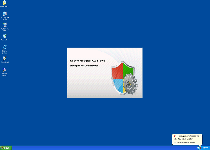
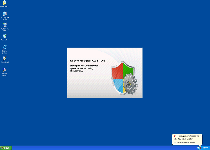
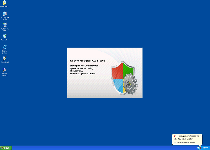
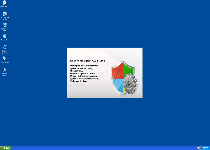
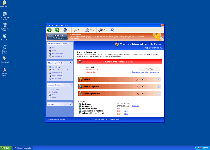
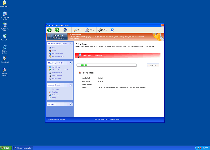
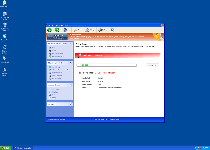
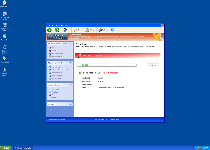
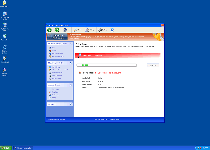
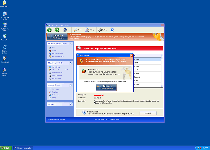
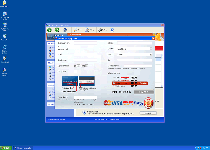
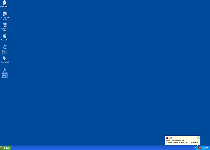
Use SpyHunter to Detect and Remove PC Threats
If you are concerned that malware or PC threats similar to Windows Managing System may have infected your computer, we recommend you start an in-depth system scan with SpyHunter. SpyHunter is an advanced malware protection and remediation application that offers subscribers a comprehensive method for protecting PCs from malware, in addition to providing one-on-one technical support service.
* See Free Trial offer below. EULA and Privacy/Cookie Policy.
Why can't I open any program including SpyHunter? You may have a malware file running in memory that kills any programs that you try to launch on your PC. Tip: Download SpyHunter from a clean computer, copy it to a USB thumb drive, DVD or CD, then install it on the infected PC and run SpyHunter's malware scanner.
Technical Details
File System Modifications
Tutorials: If you wish to learn how to remove malware components manually, you can read the tutorials on how to find malware, kill unwanted processes, remove malicious DLLs and delete other harmful files. Always be sure to back up your PC before making any changes.
The following files were created in the system:Protector-cdw.exe
File name: Protector-cdw.exeSize: 1.97 MB (1970688 bytes)
MD5: 1e75ffdc5f6cc36d877bfd4012a126a3
Detection count: 14
File type: Executable File
Mime Type: unknown/exe
Group: Malware file
Last Updated: March 13, 2012
%AppData%\result.db
File name: %AppData%\result.dbMime Type: unknown/db
Group: Malware file
%AppData%\NPSWF32.dll
File name: %AppData%\NPSWF32.dllFile type: Dynamic link library
Mime Type: unknown/dll
Group: Malware file
%AppData%\Protector-[RANDOM 3 CHARACTERS].exe
File name: %AppData%\Protector-[RANDOM 3 CHARACTERS].exeFile type: Executable File
Mime Type: unknown/exe
Group: Malware file
%Desktop%\Windows Managing System.lnk
File name: %Desktop%\Windows Managing System.lnkFile type: Shortcut
Mime Type: unknown/lnk
Group: Malware file
%CommonStartMenu%\Programs\Windows Managing System.lnk
File name: %CommonStartMenu%\Programs\Windows Managing System.lnkFile type: Shortcut
Mime Type: unknown/lnk
Group: Malware file
Registry Modifications
HKEY..\..\{Value}HKEY_CURRENT_USER\Software\Microsoft\Windows\CurrentVersion\Settings "net" = "2012-3-11_2"HKEY_CURRENT_USER\Software\Microsoft\Windows\CurrentVersion\Settings "UID" = "origkboryd"HKEY_LOCAL_MACHINE\SOFTWARE\Microsoft\..{RunKeys}HKEY_CURRENT_USER\Software\Microsoft\Windows\CurrentVersion\Run "Inspector"
Leave a Reply
Please note that we are not able to assist with billing and support issues regarding SpyHunter or other products. If you're having issues with SpyHunter, please get in touch with SpyHunter customer support through your SpyHunter . If you have SpyHunter billing questions, we recommend you check the Billing FAQ. For general suggestions or feedback, contact us.